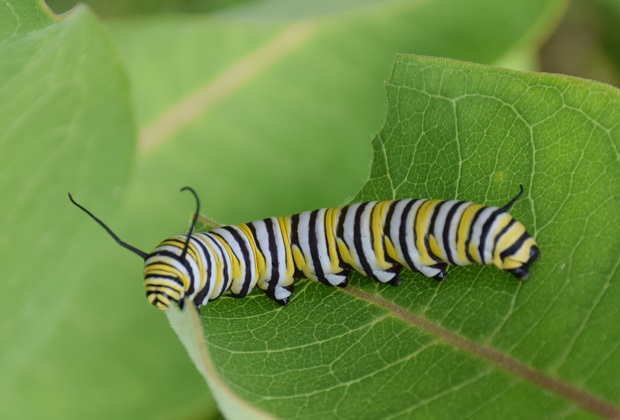If the natural world is ‘the primary revelation of the divine’ or ‘primary scripture’ as Thomas Berry says (1988, 105), then language is the secondary scripture (and written/printed texts are tertiary). However, many of the mystical branches of scripture-based religions have seen this order in reverse.
In the Kabbalistic view, the Torah existed before the physical world, which was created by means of the Word. The Qur’án has been likewise regarded by Muslims as ‘uncreated,’ giving it metaphysical priority over the created world. For Sufis such as Baha al-Din (father of Jalal al-Din Rumi), ‘all creation came into being with God’s command, “Be,” so that the universe is speech, created by a single word’ (Lewis 2000, 90). Consequently it makes sense to organize one’s whole life around reading and meditating on the Qur’án or Torah, as the case may be. ‘Always busy yourself with the word of the Koran and know that the meaning of the whole world is in that one word of the Koran,’ advised Baha al-Din (Lewis 2000, 87). Kabbalists like Abraham Abulafia took the compression of meaning even further, ‘focusing on the pure forms of the letters of the alphabet, or on the name of God’ (Matt 1995, 12). This for them was the way of renewal or recreation, of reunion with the creative power.
Today we could read this practice as metaphorically affirming the semiotic nature of the universe. Spirit is significance itself; and as Peirce put it, physical matter is ‘effete mind’ (CP 6.25) – a portion of original Minding which has fallen so far into habitual patterns that its original spontaneity is almost completely exhausted. Human mentality, with its symbolic media and extensions enabling foresight, planning and conscious decision-making, is a specific refinement in concentrated form of more universal (larger-scale, slower, vaguer) mental processes such as evolution (Bateson 1979) or development (Salthe 1993).
The cosmic mind impersonates itself in each of us, and we return the favor by personifying it as God, who is Author of the universe just as we author our own conceptions. The danger here is that we may wrap ourselves up in our own creations, be they conceptual or technological, and thus cut ourselves off from the more-than-human reality around us. The glories of the biosphere itself may come to seem a mere distraction, which we shut out with an artificial cocoon – an ‘Abominable Corruption’ of our nature, as Thomas Traherne put it (First Century, 31).
Leaving the cocoon is becoming homeless in the sense honored by religious traditions (especially Buddhism: Snyder 1990, 103 ff.) – leaving behind the temptations and complications of social life, especially urban life, and thus becoming free to venture into the more-than-human world. ‘“Homeless” is here coming to mean “being at home in the whole universe”’ (Snyder 1990, 104).
Can such a metamorphosis take place at the higher scale of a human community? Elisabet Sahtouris argued in EarthDance that the process is already under way, as bioregionalism begins to replace the global culture of extractive capitalism:
Bioregionalism is consistent with grassroots democratic movements that are cropping up all over the world, creating new local self-sufficiency systems with their own currencies. From huge housewives cooperatives in Japan to sustainability movements in the hi-tech Silicon Valley world, ordinary people are taking control over their lives into their own hands and practicing local democracy.
Many people wonder how long we have to turn things around. It is really not a question of some critical turning point, but of nurturing more viable systems even as the old ones decay. One metaphor for our changing world is Norie Huddle’s story of a caterpillar’s metamorphosis into a butterfly. After consuming hundreds of times its own weight daily as it munches its way through its ecosystem, the bloated caterpillar forms its chrysalis. Inside its body, new biological entities called imaginal discs arise, at first destroyed by its immune system. But as they grow more in number and begin to link up, they begin to survive. Eventually the caterpillar’s immune system fails, its body goes into meltdown and the imaginal discs become the cells that build the butterfly from the spent materials that had held the blueprint for the butterfly all along. In just this way, a healthy new world, based on the principles of living systems, can emerge through today’s chaotic transformation.— Sahtouris 1999 (Kindle edition)
(This is a transformation of a post originally published in September 2015.)

Enjoyed your blog. Never before heard the nuts & bolts of the caterpillar to butterfly transformation.